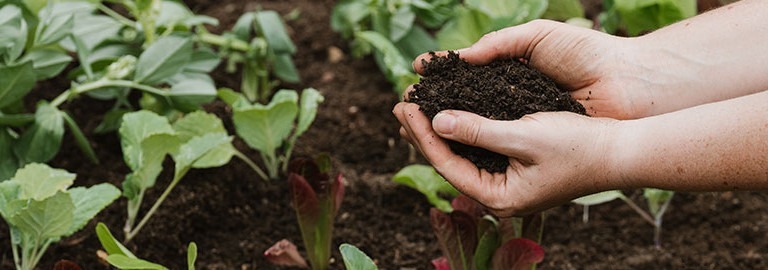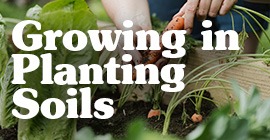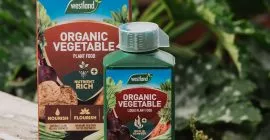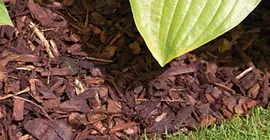Benefits of Raised Beds
Raised beds make a beautiful and functional addition to any garden. They offer a range of benefits that support plant growth and enhance garden design. Raised beds also help soil warm up quickly in the spring, giving plants a head start on the growing season. With less bending needed to plant, weed, and harvest, raised bed gardening makes gardening accessible and enjoyable all year round. Raised garden beds are perfect for cultivating vegetables, flowers, and fruit. They are also great for creating ideal conditions for plant propagation, serving as nursery beds to expand your garden stock.
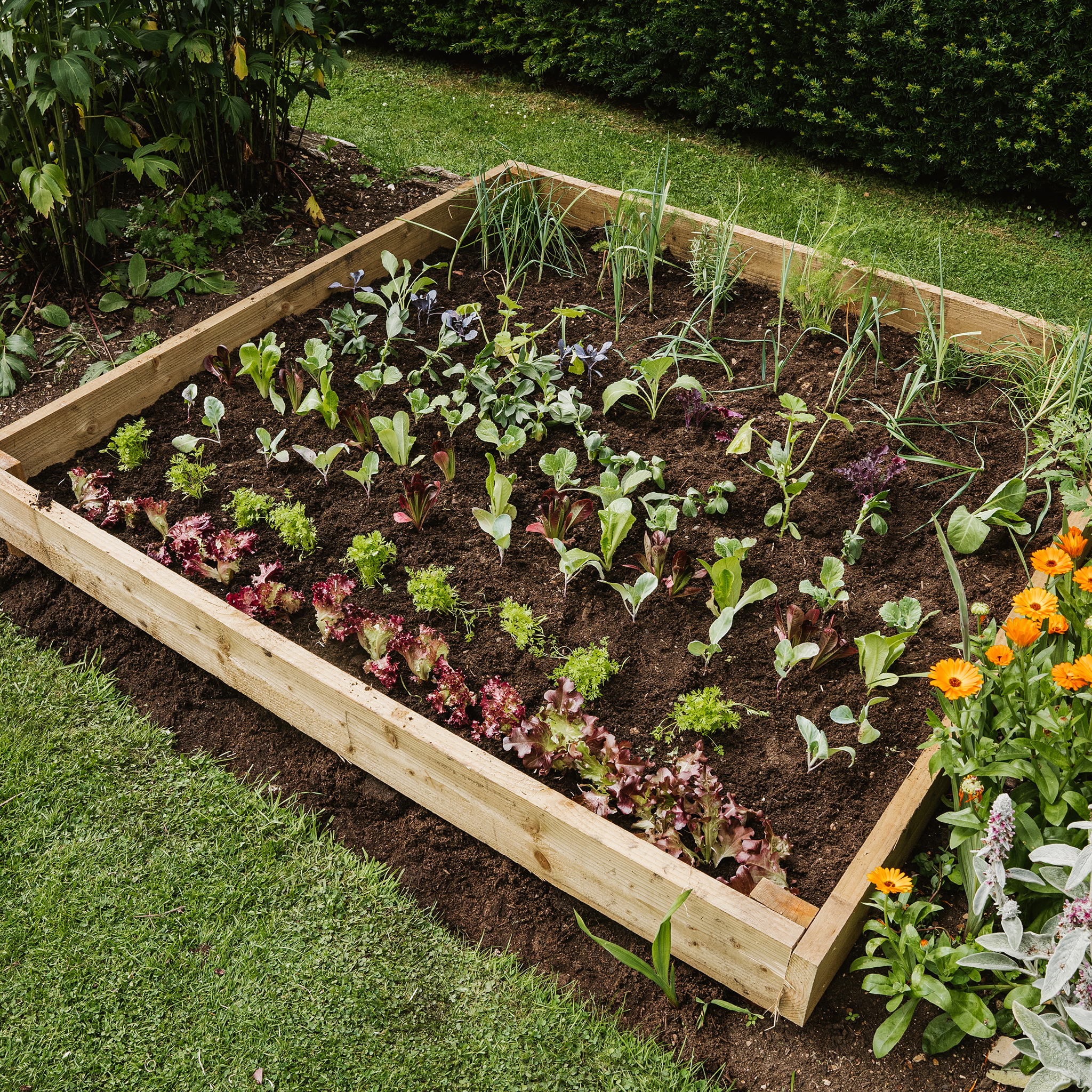
Raised beds in the garden can help overcome soil challenges, such as waterlogging or soil that drains too quickly, by allowing you to customise the growing medium. They can be filled with soil tailored to plant needs, enabling even ericaceous (acid-loving) plants to thrive if planted in ericaceous compost. Raised vegetable beds also help with crop rotation. They reduce the risk of soil-borne pests and diseases. Raised beds for a garden are ideal for both experienced and beginner gardeners looking to maximise their yield in limited spaces.
Top Tips for Best Results in Raised Bed Gardening
- Place raised garden beds in sunny, sheltered areas. Ideally south or west-facing to maximize sunlight exposure for edibles and other sun-loving plants.
- Build several smaller raised beds instead of one large bed to make maintenance easier and improve garden layout.
- Ensure paths between raised beds are wide enough for easy access with a wheelbarrow.
- For best results, raised garden beds should ideally be built on open soil. If building raised beds on a lawn, strip the turf and turn over the soil to improve drainage.
- Raised beds don’t need to be square. Try experimenting with L-shaped or curved layouts for added design appeal.
- Choose the right bed height based on the type of plants you’re growing. Shallow-rooted crops like lettuce and strawberries do well in low raised beds. Deep-rooted vegetables like potatoes benefit from taller beds.
- For easy watering, connect water butts to collect rainwater or install a porous hose system. This will keep raised vegetable beds as well as other raised beds well-hydrated during dry periods.
When is the Best Time to Create a Raised Garden Bed?
The best time to create a raised bed is in autumn or early spring.
Autumn
- Soil Preparation: Autumn is an ideal time to build your raised bed because it allows you to prepare the soil well before the planting season to enrich the soil over winter.
- Natural Settling: The soil will have time to settle naturally during the wet winter months, reducing the likelihood of compaction or uneven settling after planting.
- Early Planting: With the bed ready, you can start planting early in spring without delay.
Spring
- Weather Improvement: Early spring is also a good time to build a raised bed, especially if you missed doing it in autumn. The ground is more workable as the frost begins to lift.
- Immediate Planting: Once the bed is built and filled, you can begin planting vegetables that thrive in spring, such as lettuce, radishes, and spinach.
Tips for Timing and Success
- Avoid Frosty Periods: Avoid working on the soil during frost or heavy rain to prevent damaging its structure.
- Mulch in Autumn: If you prepare the bed in autumn, cover it with mulch to protect the soil from erosion and weeds until planting time.
- Year-Round Potential: Raised beds can be set up at any time of year, but autumn and spring are optimal for taking advantage of the natural planting cycles in the UK climate.
What Materials to Use for Building Raised Garden Beds
Timber is a popular choice for raised beds, as it’s both durable and attractive. Pressure-treated lumber or wooden sleepers make excellent raised garden beds, with treated wood resisting rot for longer-lasting beds. For a budget-friendly option, you can even repurpose old pallets. Make sure they are lined with plastic and treated with preservative to last.
Other materials for raised garden beds include bricks, breeze blocks, or even metal raised garden beds. The Grow It Wooden Raised Bed offers an easy, high quality solution for gardeners who want a quick setup with a professional finish.
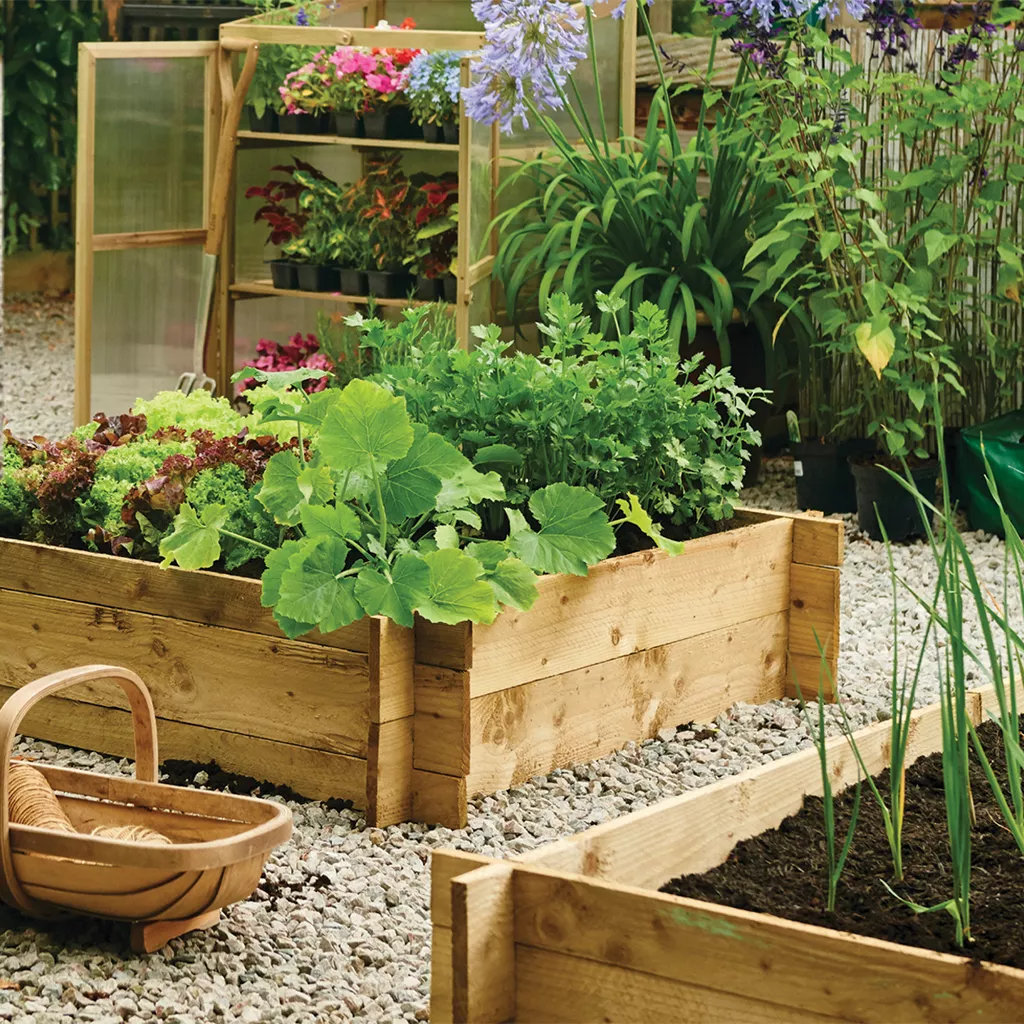
How to Create a Wooden Raised Garden Bed
To get started:
Clear and Mark the Area: Clear the area of weeds and grass, then use string suspended between canes to mark out the outline of the raised bed. Ensure the ground is level. You’ll need to dig a shallow trench where timbers are to sit and adjust soil levels accordingly using a spirit level.
Position and Secure the Timber: Position timbers or sleepers in place and ensure they’re aligned before using a drill to make a pilot hole. Then screw timbers together (using an electric screwdriver makes the job easier and reduces strain on your wrists). Decking screws are good, because they’re long and they won’t rust.
Prepare Layers for Optimum Growth:
First Layer for Drainage: Raised beds filled with several layers of materials form the most successful growing areas. Before filling, fork the soil at the base of the bed to improve drainage, then add a layer of Westland Composted Bark. A base layer of bark helps to suppress weed establishment whilst striking the optimum balance between drainage and moisture retention.
Second Layer for Crops or Flowers: If your raised bed is for growing fruit and veg, use Westland Raised Bed & Vegetable Soil as the middle layer. This rich, fertile planting soil is perfect for bumper crops and provides the perfect growing conditions to maximise yields.
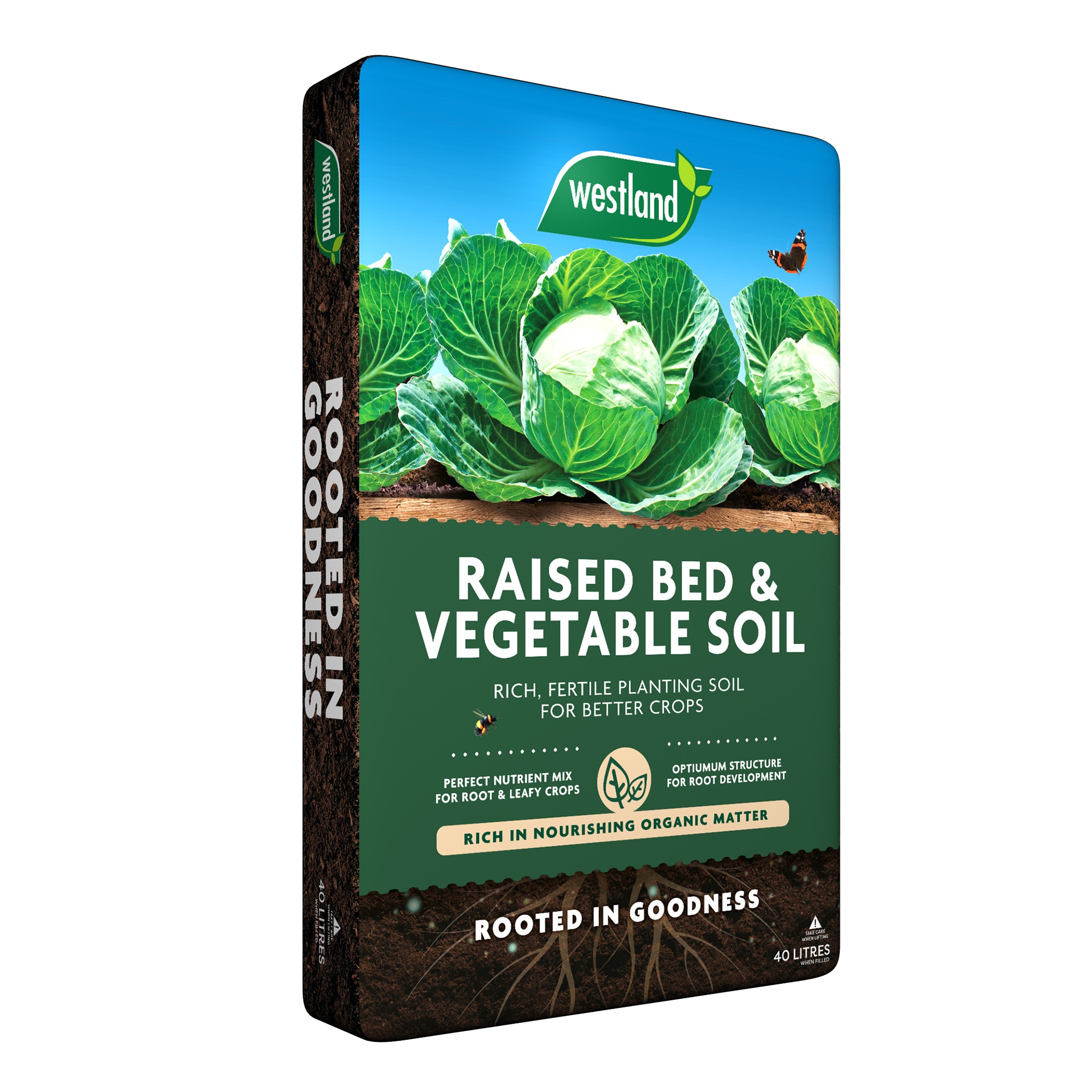
If using a raised bed for ornamentals or flowers for cutting, use Westland Top Soil for the middle layer, mixing in All Purpose Slow Release Plant Food which will boost nutrient levels by feeding for six months.
Third Layer For Extra Nutrients: Finally, add the top layer – Westland Farmyard Manure (or use well-rotted garden compost or leaf mould). Well-rotted manure is rich source of organic matter; the perfect soil conditioner, which provides essential nutrients for higher crop yields. It can be left on the surface as a mulch, or lightly forked into the layer of compost or topsoil beneath. Fill to around 5cm below the rim of the raised bed and leave for a fortnight to settle. Top up if necessary before planting.
With raised garden beds, you can enjoy improved growing conditions, easier maintenance, and a versatile setup that works for every type of garden. Whether you’re building raised beds for vegetables or creating raised flower beds, they bring structure, functionality as well as beauty to outdoor spaces.

